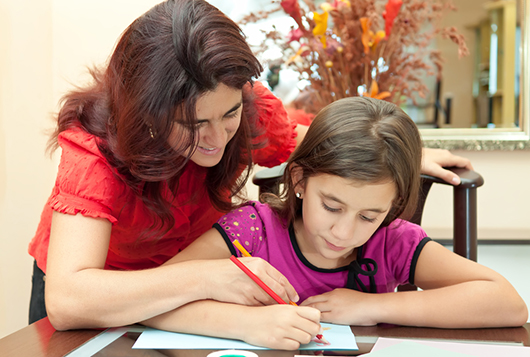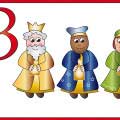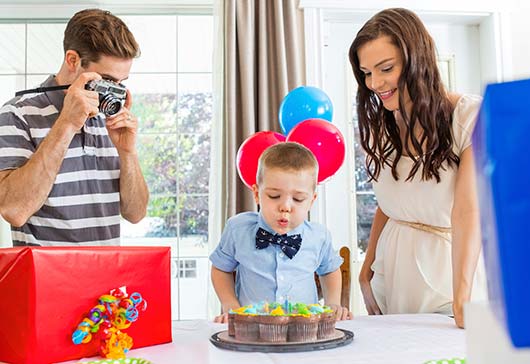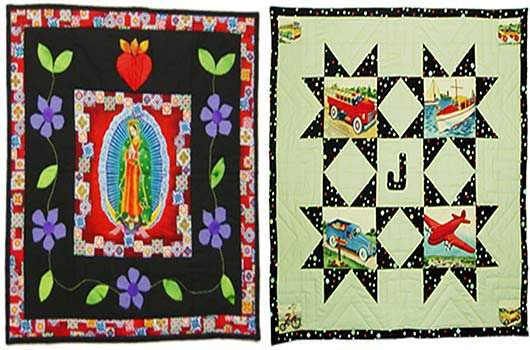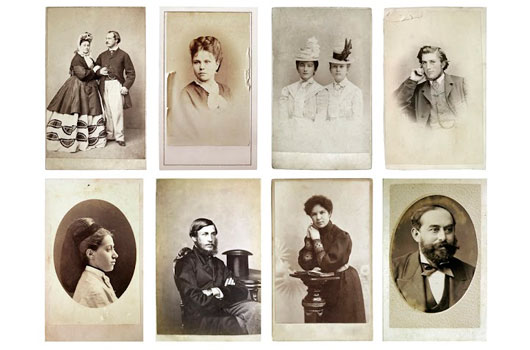
One of the things I love about my 9-year old daughter’s school is that they celebrate Women’s History Month all through March, with lessons, exhibits, field trips and more. I can certainly remember a time when there was no such thing as Women’s History Month. I can remember our American History teacher, Mrs. Delano, proudly making the announcement that Congress had proclaimed March Women’s History Month. We all scratched our heads and wondered what she was so excited about. After all, there were almost no women mentioned anywhere in our American History textbook. I seem to remember Amelia Earhart, Rosa Parks and, um, maybe Susan B. Anthony?
Which means I was almost an adult before I truly understood even the most basic contributions women have made to every aspect of civilization. Even worse, I had almost no idea about the history of the women ancestors in my own family. Maybe because the culture at large didn’t seem to put much importance on the contributions of women, I didn’t either. But when both my grandmothers died when I was 18, I realized that I needed to start asking questions. I looked through old photo albums and started asking everyone’s names, and if anyone had any memories or knew any stories about the people in the pictures. I finally understood that so much of who I am and what I love about my family is directly traceable to the actions and beliefs of my female ancestors.
Read Related: Teaching Our Children About International Women’s Day
This year my daughter asked if we could celebrate our own, Women’s History Month by celebrating her favorite stories about her grandmothers, great-aunts, and more. She’s always coming up with ideas like that. Here are some projects we’ve especially liked—try these with your kids and help all of you appreciate the women who have shaped your lives.
COOK WITH HISTORY
Prepare a meal featuring recipes made “famous” by your female ancestors. Share your memories of events where you ate these foods. Even humble oatmeal can be an opportunity for learning. My mom used to tell us a story of how she and her sisters got into a hilarious oatmeal fight one Sunday morning. There was oatmeal on every surface of my Grandma’s kitchen—even the ceiling! They told their parents that the oatmeal had “just slipped.” My Grandpa was so angry that his belt “just slipped” across all their backsides! My sister and I were shocked to hear that parents (especially our lovely grandparents!) used to spank and hit their kids.
WRITE YOUR STORY
If your child is old enough, try writing a simple story together about one of your female ancestors. If your child is not writing yet, maybe you could provide the words and she could illustrate. This may become a keepsake you treasure for years. My mother still has a little book my sister made in kindergarten about My Mom. Her teacher had written my sister’s words and my sister did simple drawings. It says: My mom is so great, she always sweeps the floor even when it’s already clean. We have a mouse in our house. My mom was mortified at the time, but now she loves to read the book with my kids, and laugh about how their Auntie told the whole school about her mother’s obsessive cleaning habits—and the mouse.
DRAW PICTURES
Sometimes all you have of a long-lost relative is a memorable story. But those stories can be a wonderful jumping-off point for your child’s imagination. Share your stories and ask her to draw or paint a picture to go with it—or draw it together. All of my grandparents were very, very poor and there are almost no childhood photos of them in existence. My mother’s mom only ever had one photo taken of her before she was 16. But when she shared stories of her childhood with me, she would sometimes draw the most charming little sketches as she spoke. Those little pictures were all I needed to feel like I was there with her when she was a little girl. You have no idea what I’d give for one of those little sketches now.
Kids love to hear stories about how the people they know (or are related to) lived before they were born. Take some time this March to share your memories of the women in your family with them. By learning their own women’s history, they’ll soon understand that they, too, can become legends for generations to come.


